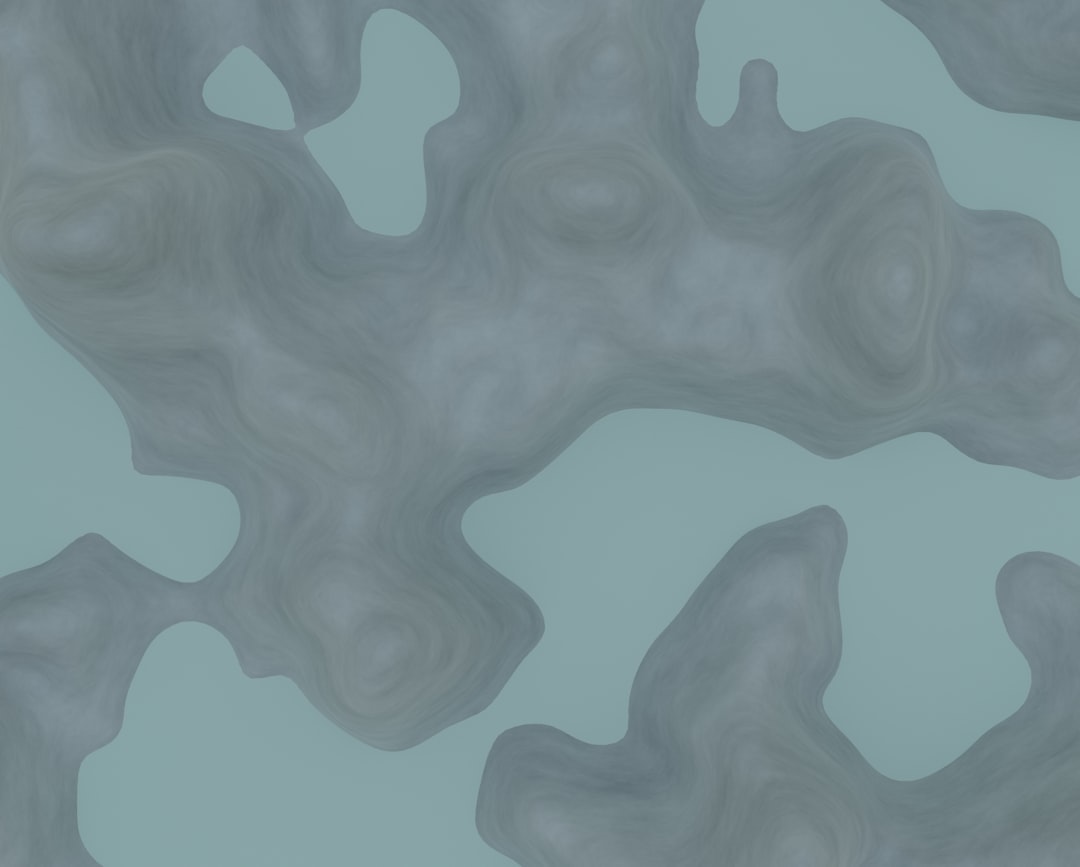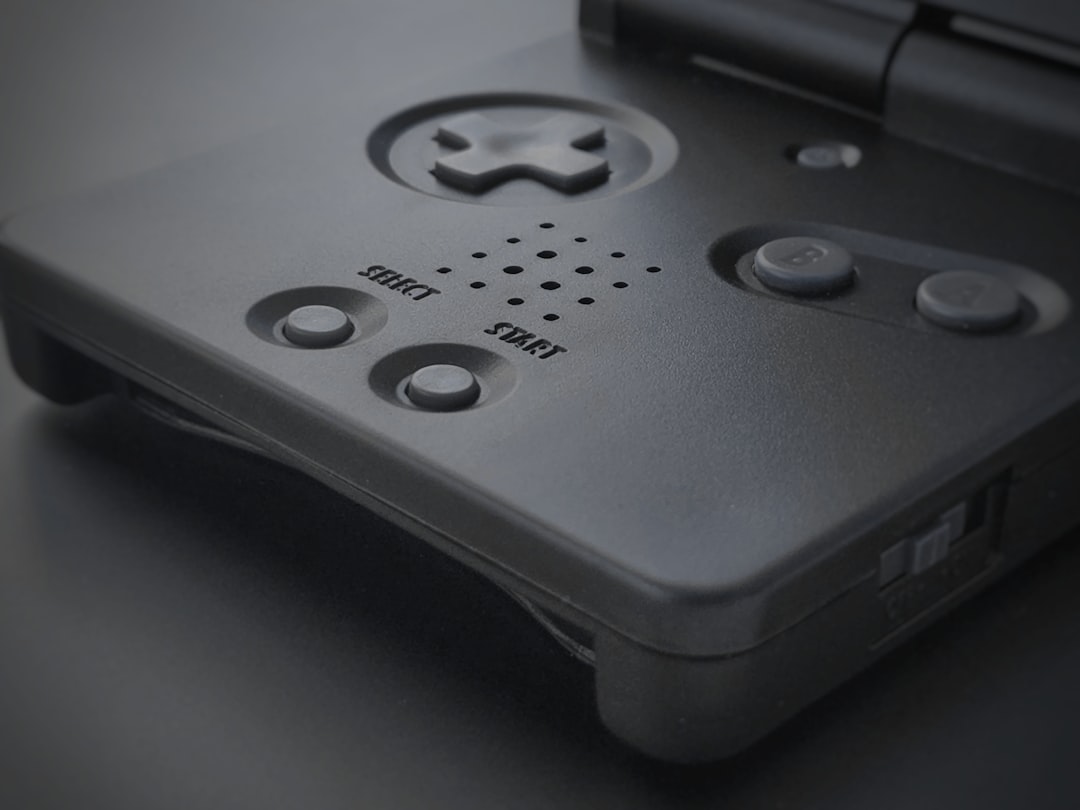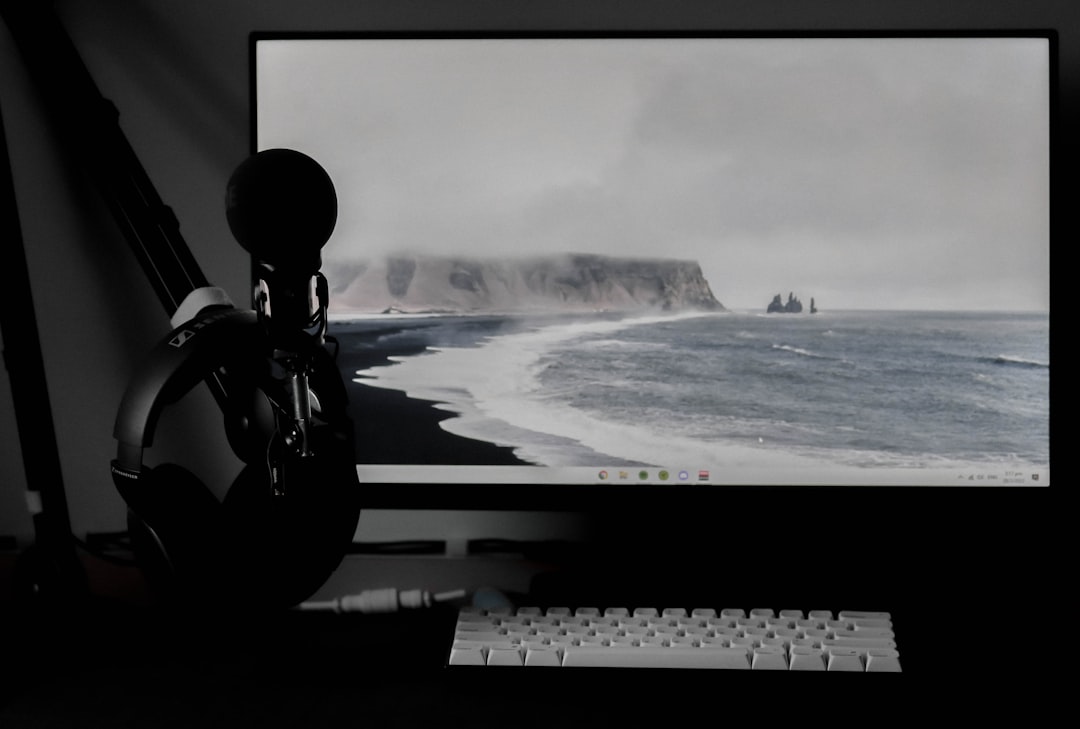For virtual reality enthusiasts, there’s nothing more frustrating than being ready to dive into a VR experience, only to be halted by a mysterious error code. One of the more common issues faced by users of SteamVR is Error 203, which indicates a connection failure between your VR headset and SteamVR. Fortunately, this error is typically fixable with a few systematic steps. In this article, we’ll go through trusted solutions to resolve Error 203 and bring your VR setup back to working order.
Contents of Post
What Is SteamVR Error 203?
SteamVR Error 203 generally points to a communication or connection issue between your VR hardware (often a headset like the HTC Vive or Valve Index) and SteamVR software. The error usually appears with a message such as “Headset not detected” or “Headset not connected properly.” These issues can stem from hardware failures, driver conflicts, or even USB recognition problems.

Common Causes of Error 203
- Loose or faulty USB/DisplayPort connections
- Driver conflicts or outdated drivers
- SteamVR software malfunction
- Power delivery issues, especially on laptops or USB hubs
- Incompatible or outdated Windows updates
Step-by-Step Guide to Fix SteamVR Error 203
Here’s how you can methodically troubleshoot and resolve SteamVR Error 203:
1. Check Physical Connections
First, ensure that every cable connected to your headset is firmly in place. This includes USB and DisplayPort/HDMI connections.
- Disconnect and reconnect all headset cables from both the headset and PC.
- Try using different USB ports—preferably USB 3.0 and directly on the motherboard.
- If using a laptop, avoid USB docking stations or hubs, as these often cause power and data inconsistencies.
2. Restart Your Equipment
Sometimes, a simple restart is all it takes.
- Reboot your PC after disconnecting the headset.
- Once Windows is up, reconnect the headset and launch SteamVR.
- Consider restarting SteamVR alone if your PC has already been rebooted recently.
3. Update or Reinstall Drivers
Your system drivers—particularly USB and graphics card drivers—play a critical role in VR communication.
- Go to Device Manager and ensure all VR-related hardware is recognized without warning icons.
- Update your GPU drivers directly from NVIDIA or AMD’s official site.
- Use the SteamVR settings to check for driver updates under the Developer tab.
- Consider re-running the initial room setup and headset installation process.
4. Power Management Settings
Windows sometimes puts USB ports to sleep in order to save power, potentially disrupting your VR connection.
- Go to Device Manager > USB Root Hub entries and open their properties.
- Under the Power Management tab, uncheck “Allow computer to turn off this device to save power.”
- Repeat for all USB host controllers.
5. Opt Out of SteamVR Beta
Although betas offer the latest features, they may also introduce bugs. If you’re in a beta build, it might be the cause of Error 203.
- Open Steam and go to Library > Tools > SteamVR.
- Right-click SteamVR and select Properties.
- In the Betas tab, choose “None – Opt out of all beta programs.”

6. Reinstall SteamVR
If none of the above works, a fresh install can help correct potential corrupted files.
- In Steam, right-click on SteamVR under your Tools library.
- Select Uninstall and follow the prompts.
- After uninstalling, restart your PC and reinstall SteamVR.
When to Contact Support
If you’ve followed all the above steps and Error 203 persists, it may be a sign of a hardware-specific problem such as a failing headset cable, power transistor issue on the USB connection, or internal device malfunction. In such cases, it is recommended to:
- Contact the headset manufacturer’s support line (e.g., HTC or Valve).
- Use SteamVR’s built-in system report generator to export logs and share with support technicians.
Final Thoughts
SteamVR Error 203 can hinder your VR experience, but in most cases, it is resolvable with methodical troubleshooting. Start with simple physical checks, progress through software fixes, and don’t hesitate to seek professional help if necessary. Consistently updating your drivers and keeping your system optimized can also help prevent future occurrences.
Don’t let a technical hiccup keep you from enjoying the immersive world of VR—stay informed, stay proactive, and you’ll be back in your virtual universe before you know it.

